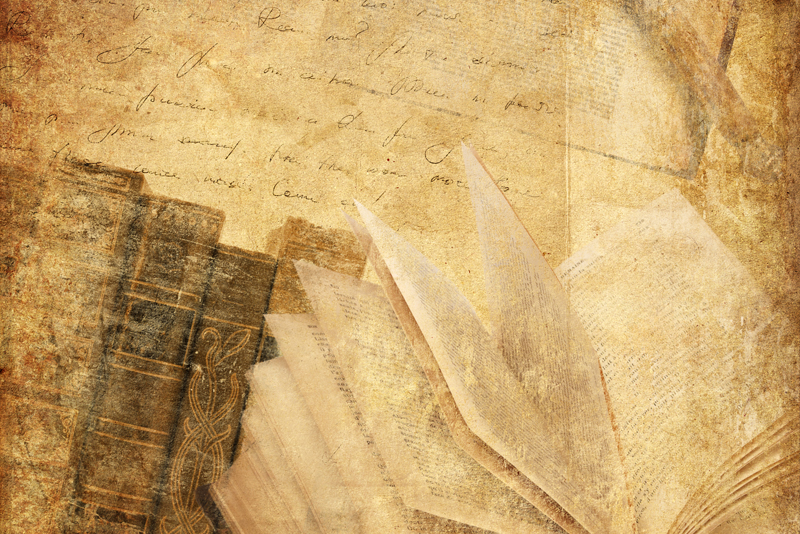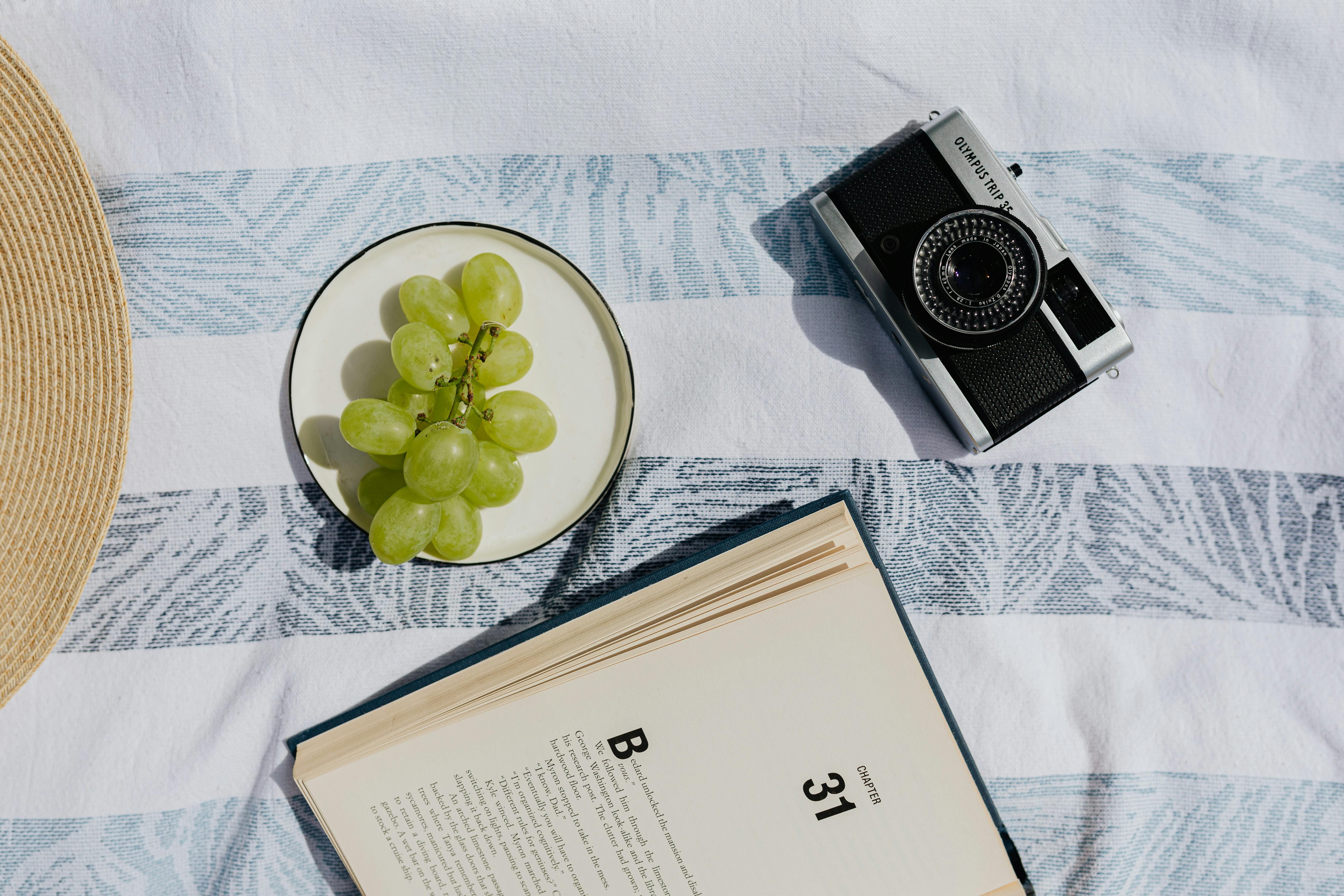Gothic Lit - Contemporary Authors

Gothic literature in the early centuries consisted of plots and settings that persisted on the Sublime, the Grotesque and the Uncanny. The Grotesque is an important element of the The Gothic that leads the readers to feel an uncertain aberration but lures them towards feelings of excitement and connection towards the main characters.
The Gothic Lit settings were focused around morbid and dreary castles and cathedrals that were ancient and believed to have secrets that gave a formidable and frightening aura. The genre was born in the mid 1760s by authors that wanted to give the readers something outside of normal Romantic genre and art. Over time, it has shifted from its original concept and has taken various forms, The Gothic now being implemented by various genre authors trying to expand the horizon of 'horror literature' and psychological thriller.
In the 1900s, we see the likes of Joseph Conrad in his popular work Heart of Darkness, William Faulkner, oftentimes called a Southern Gothic author, Margaret Atwood with The Handmaid's Tale, Toni Morrison with her famous one Beloved. These works don't have much towering castles, nor innocent/helpless maidens, or heroes that come to their rescue. However, these works contain elements of the grotesque and the uncanny. William Faulkner, while using these elements, focuses primarily on rural, social and racial issues that were endemic in the South after the Civil War. His work is usually termed the Southern gothic; he uses elements like the grotesque, not to create an excitement-filled atmosphere like the typical ancient gothic style does, but to portray ominous situations relating to social issues like poverty, racism, violence, and so on. His works include The Sound and the Fury, Absalom, Absalom and As I Lay Dying.
Then we get introduced to Stephen King, the master of contemporary horror literature, as he leads our minds to wild unimaginable horrors and gruesome plots, masterfully written in a brilliant tone. His works, however, are a bit far from The Gothic style, as they all lean completely towards The Horror. They include Salem's Lot, The Stand, Cujo, and The Dark Half.
And then we see Patrick McGrath, with his unique style and form, implementing the style of the original gothic in his settings, the atmosphere, and in the overall way the storyline is narrated. The Grotesque, his first novel which was published in 1989, re-awakens visions and imageries of abandoned, dreary castles with deep dark secrets, as the narrator resides in an estate named Crook Manor. The imagery of the narrator is almost subliminal, as the whole narration takes place in his mind: he is unable to communicate outwardly as a result of a fall that turned him into a vegetable. Although the work has a humorous side to it (much like Jane Austen’s gothic satire Northanger Abbey), we can't overlook the effort in his works to resurrect and maintain the Gothic in its original form and showcase the ethereal beauty that its structure still possesses. Other works of his include Spider and Asylum.
Then comes the start of the 21st century as we see YA authors with works like Twilight (and its sequels) by Stephanie Meyer, Vampire Diaries by L.J. Smith, and the Harry Potter series by J.K. Rowling. These works are admittedly exciting (for some, including adults), thrilling, romantic, and full of intoxicatingly frightful scenes. They possess elements of the uncanny and the supernatural, including the formidable-looking houses and mansions. However, we have to ask ourselves, are these works fit to be called Gothic? Should they be listed under the genre, among the likes of Horace, Radcliffe, Austen, even McGrath? Do they seem a little too 'unreal'? Perhaps 'diluted'? True they are dark, but do we see a difference between these contemporary 'dark' and the early 'dark'? Are they worthy enough to be crowned with that term?
Indeed The Gothic has evolved from its conception, with its original form barely hanging on as new styles have emerged to engage in mixtures of elements – from psychological, to social, to atmospheric, and even humor, together with those of the uncanny and the grotesque.
So, the next time we hear or see anything about gothic lit (the originals I must say), remember it's not always about the 'horror' or about violence and evil. Take a peek inside, the storyline just might surprise you!
Never be afraid to raise your voice for honesty and truth and compassion against injustice and lying and greed. If people all over the world would do this, it would change the earth.
The Gothic Lit settings were focused around morbid and dreary castles and cathedrals that were ancient and believed to have secrets that gave a formidable and frightening aura. The genre was born in the mid 1760s by authors that wanted to give the readers something outside of normal Romantic genre and art. Over time, it has shifted from its original concept and has taken various forms, The Gothic now being implemented by various genre authors trying to expand the horizon of 'horror literature' and psychological thriller.
In the 1900s, we see the likes of Joseph Conrad in his popular work Heart of Darkness, William Faulkner, oftentimes called a Southern Gothic author, Margaret Atwood with The Handmaid's Tale, Toni Morrison with her famous one Beloved. These works don't have much towering castles, nor innocent/helpless maidens, or heroes that come to their rescue. However, these works contain elements of the grotesque and the uncanny. William Faulkner, while using these elements, focuses primarily on rural, social and racial issues that were endemic in the South after the Civil War. His work is usually termed the Southern gothic; he uses elements like the grotesque, not to create an excitement-filled atmosphere like the typical ancient gothic style does, but to portray ominous situations relating to social issues like poverty, racism, violence, and so on. His works include The Sound and the Fury, Absalom, Absalom and As I Lay Dying.
Then we get introduced to Stephen King, the master of contemporary horror literature, as he leads our minds to wild unimaginable horrors and gruesome plots, masterfully written in a brilliant tone. His works, however, are a bit far from The Gothic style, as they all lean completely towards The Horror. They include Salem's Lot, The Stand, Cujo, and The Dark Half.
And then we see Patrick McGrath, with his unique style and form, implementing the style of the original gothic in his settings, the atmosphere, and in the overall way the storyline is narrated. The Grotesque, his first novel which was published in 1989, re-awakens visions and imageries of abandoned, dreary castles with deep dark secrets, as the narrator resides in an estate named Crook Manor. The imagery of the narrator is almost subliminal, as the whole narration takes place in his mind: he is unable to communicate outwardly as a result of a fall that turned him into a vegetable. Although the work has a humorous side to it (much like Jane Austen’s gothic satire Northanger Abbey), we can't overlook the effort in his works to resurrect and maintain the Gothic in its original form and showcase the ethereal beauty that its structure still possesses. Other works of his include Spider and Asylum.
Then comes the start of the 21st century as we see YA authors with works like Twilight (and its sequels) by Stephanie Meyer, Vampire Diaries by L.J. Smith, and the Harry Potter series by J.K. Rowling. These works are admittedly exciting (for some, including adults), thrilling, romantic, and full of intoxicatingly frightful scenes. They possess elements of the uncanny and the supernatural, including the formidable-looking houses and mansions. However, we have to ask ourselves, are these works fit to be called Gothic? Should they be listed under the genre, among the likes of Horace, Radcliffe, Austen, even McGrath? Do they seem a little too 'unreal'? Perhaps 'diluted'? True they are dark, but do we see a difference between these contemporary 'dark' and the early 'dark'? Are they worthy enough to be crowned with that term?
Indeed The Gothic has evolved from its conception, with its original form barely hanging on as new styles have emerged to engage in mixtures of elements – from psychological, to social, to atmospheric, and even humor, together with those of the uncanny and the grotesque.
So, the next time we hear or see anything about gothic lit (the originals I must say), remember it's not always about the 'horror' or about violence and evil. Take a peek inside, the storyline just might surprise you!
Never be afraid to raise your voice for honesty and truth and compassion against injustice and lying and greed. If people all over the world would do this, it would change the earth.
--- William Faulkner
You Should Also Read:
Gothic Literature - Conception and Elements
Women Writers - 20th Century Literature

Related Articles
Editor's Picks Articles
Top Ten Articles
Previous Features
Site Map
Content copyright © 2023 by Ije Yvonne. All rights reserved.
This content was written by Ije Yvonne. If you wish to use this content in any manner, you need written permission. Contact Yvonne Ije for details.







